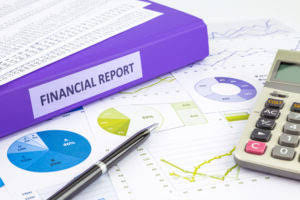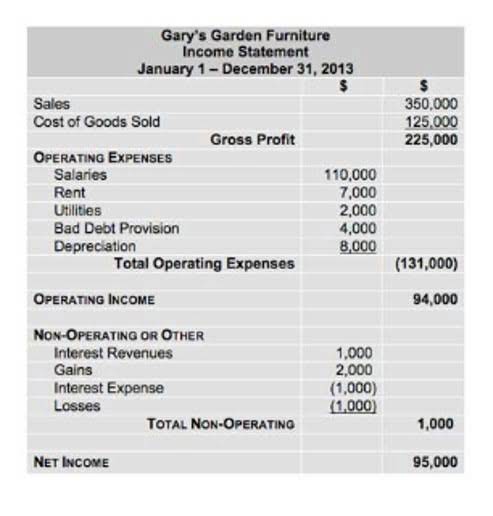
Book value refers to a company’s net proceeds to shareholders if all of its assets were sold at market value. Salvage value is the value of assets sold after accounting for depreciation over its useful life. The asset that is disposed of is usually salvaged into multiple parts, with each part valued and sold separately. At this point, the company has all the information it needs to calculate each year’s depreciation. It equals total depreciation ($45,000) divided by useful life (15 years), or $3,000 per year.

Casualty Insurance Definition: Key Concepts in the Insurance Industry
There’s also something called residual value, which is quite similar but can salvage value is treated as: mean different things. Sometimes, it’s about predicting the value of the thing when a lease or loan ends. Other times, it’s about figuring out how much it’s worth when it’s done for good, minus the cost of getting rid of it.
Modern Tools and Software for Valuation
With a 20% straight-line rate for the machine, the DDB method would use 40% for yearly depreciation. The straight-line depreciation method is one of the simplest ways to calculate how much an asset’s value decreases over time. It spreads the decrease evenly over the asset’s useful life until it QuickBooks reaches its salvage value. Taking these considerations into account ensures better financial planning and more strategically aligned decisions regarding asset liquidation and reinvestment. When this happens, a loss will eventually be recorded when the assets are eventually dispositioned at the end of their useful lives.
How to Calculate Scrap Value: Formula and Explanation
Deskera ERP provides comprehensive asset management features that streamline the tracking, depreciation, and eventual disposal of assets. Also integrating an AI mechanism like ERP.AI to your ERP system can make it smarter by enhancing enterprise process, data governance & decision-making. Book value is the historical cost of an asset less the accumulated depreciation booked for that asset to date.
- Understanding salvage value helps in budgeting and long-term financial planning by ensuring accurate depreciation calculations.
- The buyer will want to pay the lowest possible price for the company and will claim higher depreciation of the seller’s assets than the seller would.
- The advent of AI and predictive forecasting has revolutionized how businesses calculate salvage value, offering more precise and data-driven insights.
- In no event shall an asset (or an account) be depreciated below a reasonable salvage value after taking into account the reduction in salvage value permitted by section 167(f) and this section.
- If a company is still determining how long something will be useful, they might guess a shorter time and say it’s worth more at the end (higher salvage value) to keep it on their books longer.
- Salvage value represents the expected amount a company can recover from an asset at the end of its useful life, often influencing depreciation calculations.
Factors influencing a machine’s salvage value include technology changes, wear and tear, maintenance practices, and market demand for used equipment. This method provides an accurate reflection of asset usage, making it highly beneficial for manufacturing industries. By closely aligning costs with productivity, businesses can maintain financial precision and fairness in reporting.

Understanding Scrap Value: Formula and Depreciation Example
Each method uses a different calculation to assign a dollar value to an asset’s depreciation during an accounting year. When calculating depreciation, an asset’s salvage value is subtracted from its initial cost to determine total depreciation over the asset’s useful life. From there, accountants have several options to calculate each year’s depreciation. Some methods make the item lose more value at the start (accelerated methods), like declining balance, double-declining balance, and sum-of-the-years-digits. The depreciable amount is like the total loss of value after all the loss has been recorded. Companies determine the estimated after tax salvage value for anything valuable they plan to write off as losing value (depreciation) over time.

Understanding After-Tax Salvage Value

This double declining balance depreciation method forecast should consider market conditions, technological obsolescence (are there newer, better versions available?), and expected wear and tear. The IRS allows companies to account for depreciation of assets, which affects financial statements like the income statement and balance sheet. In this example, even though the car was purchased for $20,000, it loses value over time due to wear and tear, changes in market demand, technological advancements, and other factors. However, it doesn’t become worthless; it still retains a salvage value of $5,000 after 5 years, which is what you expect you could get if you were to sell it at that time.

